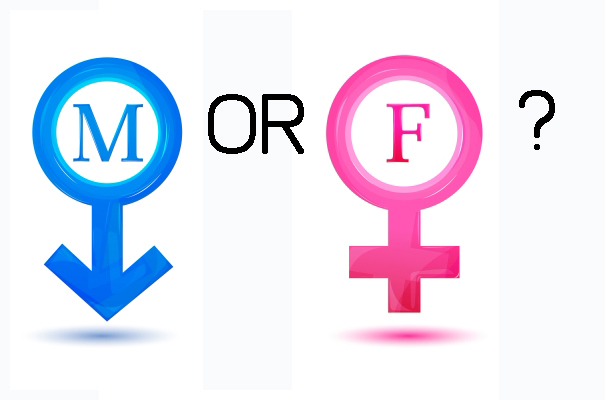Male or Female
Biology
Level
2
 Which of the following diseases or conditions can only affect one gender?
Which of the following diseases or conditions can only affect one gender?
Hernia
Infertility
Chocolate Cyst
Breast Cancer
Hemophilia
This section requires Javascript.
You are seeing this because something didn't load right. We suggest you, (a) try
refreshing the page, (b) enabling javascript if it is disabled on your browser and,
finally, (c)
loading the
non-javascript version of this page
. We're sorry about the hassle.
Although breast cancer affects mostly female population, breast cancer in men can be presented but extremely rare, and if such event occurs, the disease is usually much more severe than in female patients.
Hernia is protrusion of internal intestines into weak membranes of the body, e.g. abdominal wall or groin membrane. Therefore, it is much more common to see men suffering from inguinal hernia, where such contents invade into the spermatic cord space. However, hernia in females is not impossible but usually manifests itself mostly as femoral hernia, where the weak spot is shifted laterally to the thigh.
Infertility is difficulty or inability to reproduce an offspring, which can be caused by both genders. For example, in males, the problem may stem from low amount of sperms while, in females, it may be due to ovarian dysfunction.
Hemophilia is a genetic disease, where the affected individuals develop on-going bleeding both externally and internally after sustaining only minor injury due to lack of clotting factor. This bleeding disorder is X-linked recessive, meaning it's determined mostly by the sex chromosomes: XY for men and XX for women. Therefore, if such mutation in the clotting gene is affected in only one X-chromosome in men, the Y-chromosome can't salvage the function as it doesn't contain such gene. On the other hand, in women, if only one X-chromosome is affected, the other X-chromosome can compensate such function, and she will be symptom-free but can carry the affected gene to the next generation. As a result, it is very rare for women to have hemophilia as both X-chromosomes have to be affected for such scenario.
Finally, a chocolate cyst is a condition in ovarian endometriosis, where the endometrium (uterine tissue) is presented elsewhere from the uterus, e.g. in the ovary. If such misplacement happens in the ovary, the bleeding from every menstrual period will gradually accumulate inside the ovary, forming a slowly growing cyst. After a long time, the old blood darkens into chocolate color, thus naming "chocolate cyst", and at one point, the chocolate cyst can rupture, causing pelvic pain, especially in the menstrual time.
Therefore, from all five options, only the chocolate cyst can be found in females only.